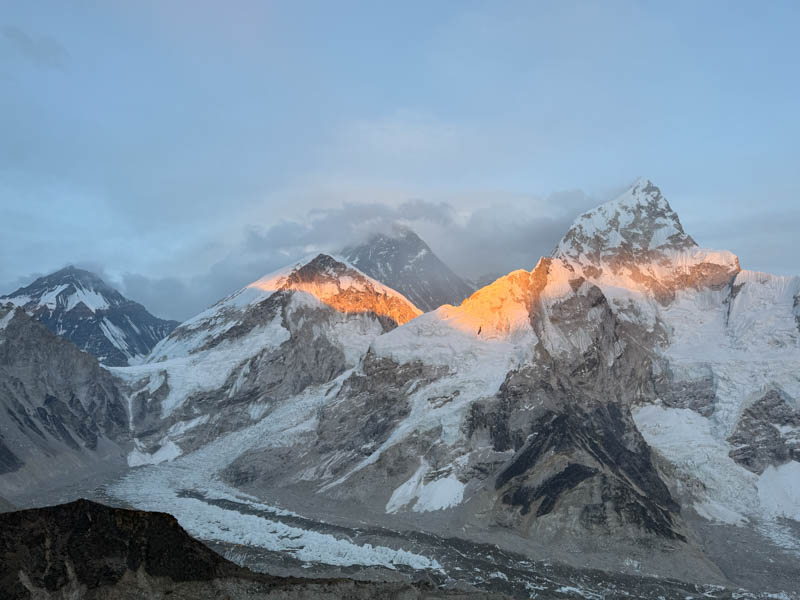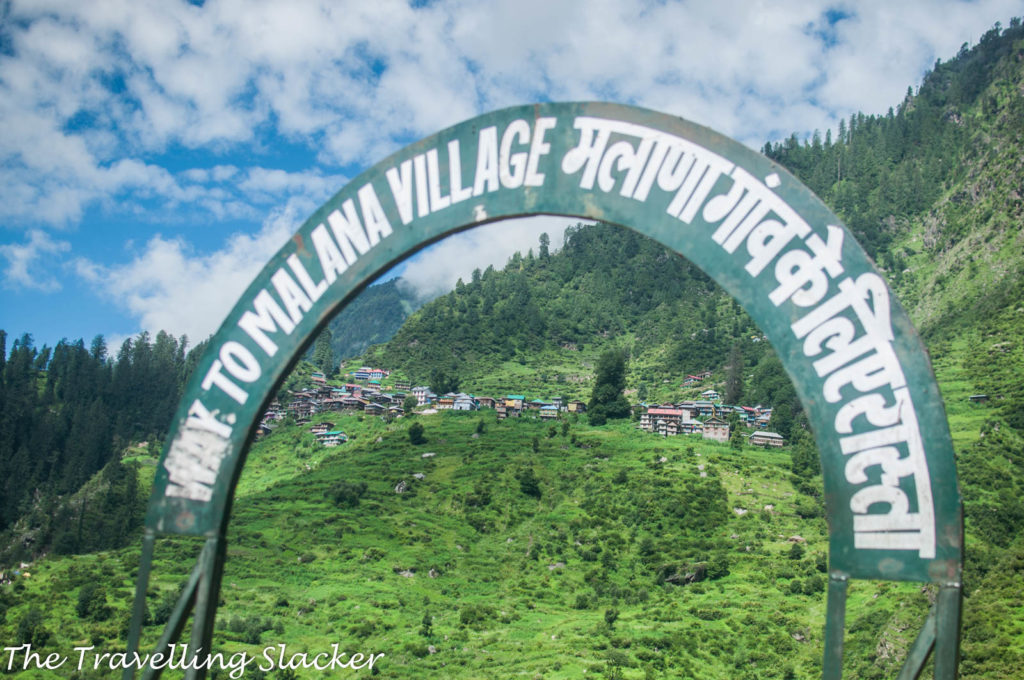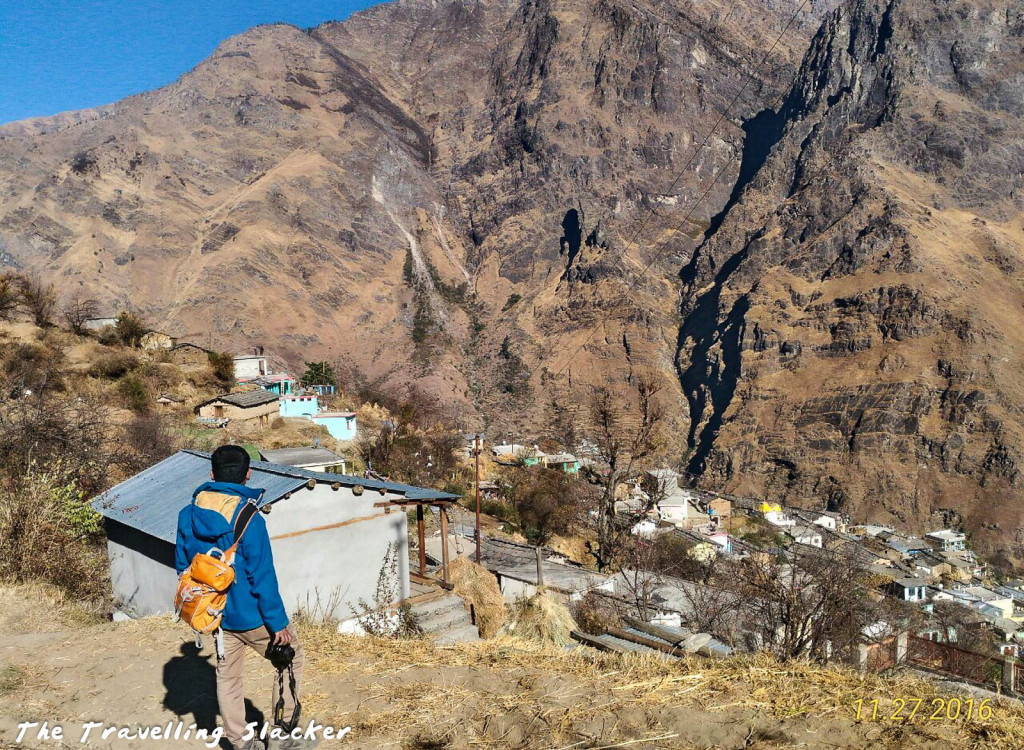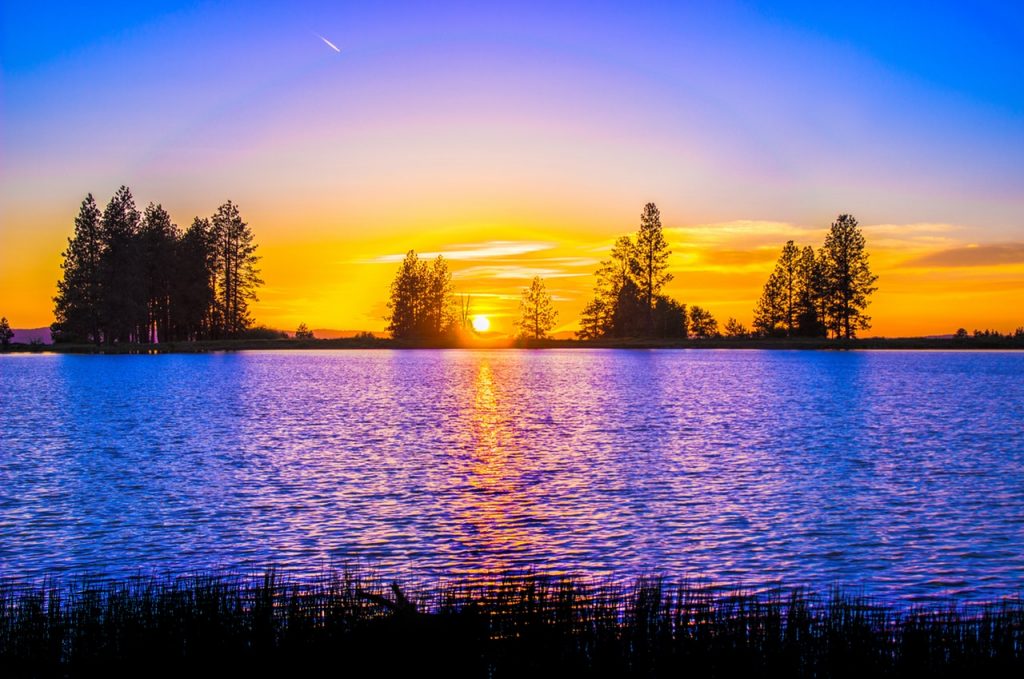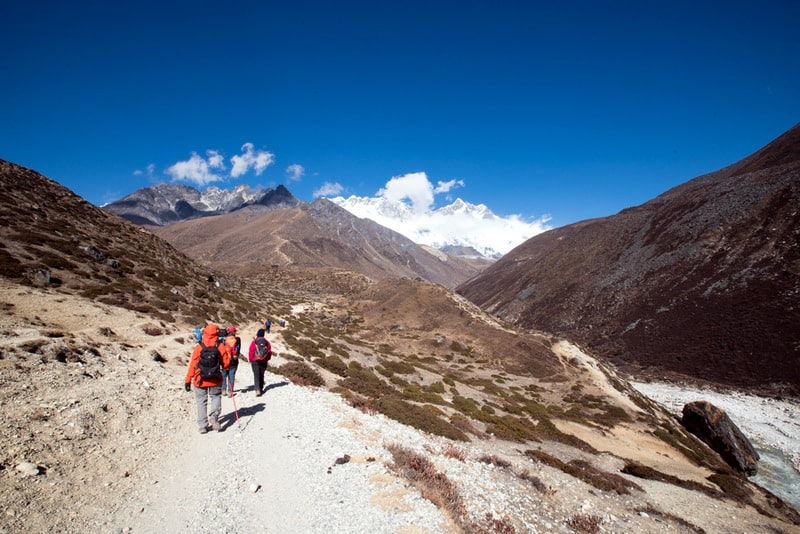Mount Everest, standing at 8,848.86 meters (29,031.7 feet), is the world’s highest peak and a dream destination for trekkers, mountaineers, and adventurers alike. The allure of Everest isn’t just due to its towering height; it’s the embodiment of human endurance, breathtaking natural beauty, and a journey into the heart of the Himalayas. Whether you’re a seasoned trekker or someone who simply loves the idea of adventure, here are 10 fascinating facts about Everest that might just compel you to lace up your boots and start planning your trek to this majestic peak.
1. The World’s Tallest Mountain: A Giant Among Peaks
Mount Everest is not only the tallest mountain on Earth but also one of the most recognized natural wonders. The towering summit pierces the sky, and standing at its base gives you a sense of humility and awe. At 8,848.86 meters, Everest’s height is a monumental feat in the world of mountain climbing. But did you know that Everest’s peak continues to rise by a few millimeters each year due to tectonic plate movements?
Why does this matter for trekkers? The fact that Everest is still growing symbolizes nature’s power and the dynamic forces shaping our world. Trekking in its shadow offers a rare opportunity to witness Earth’s natural processes up close.

2. The Khumbu Icefall: A Challenging Obstacle for Climbers
One of the most notorious features of the Everest trek is the Khumbu Icefall, located on the route to the summit. This treacherous expanse of crevasses, ice towers, and constantly shifting ice makes it one of the most dangerous sections of the climb. While the Icefall is a challenge for climbers attempting the summit, trekkers heading to Everest Base Camp (EBC) will witness this remarkable icy labyrinth from a safe distance.
Why should this excite you? Witnessing the Khumbu Icefall from the base camp will leave you awestruck by nature’s raw beauty and power. It’s a striking reminder of the dangers mountaineers face and an essential part of Everest’s mystique.
3. The Sherpa Culture: An Intricate Web of Tradition and Hospitality
The Sherpas, an ethnic group native to the Himalayas, play an essential role in Everest expeditions. Known for their strength, resilience, and exceptional climbing skills, Sherpas are the backbone of every Everest trek and summit attempt. Their rich culture, deeply rooted in Tibetan Buddhism, offers trekkers a chance to experience a unique blend of tradition, spirituality, and community.
What’s the connection? Trekking to Everest Base Camp is not just a physical journey; it’s a cultural immersion. The Sherpa villages along the way offer trekkers the chance to learn about a way of life that’s intimately tied to the mountains.
4. Everest: The Ultimate Test of Endurance and Perseverance
Trekking to Everest Base Camp is no easy feat. The 12-day journey takes trekkers through difficult terrain, including steep ascents, rocky paths, and high-altitude challenges. The trek requires stamina, mental strength, and the ability to adapt to the thinning air as you gain altitude.
Why should you take on the challenge? For those seeking a true test of endurance, trekking to Everest Base Camp offers an experience like no other. The combination of physical challenge, breathtaking scenery, and personal growth is unparalleled.
5. The Weather at Everest: Extremes and Surprises
The weather on Mount Everest is unpredictable and extreme. In the summer, temperatures can rise to freezing at night, while in the winter, temperatures drop far below freezing, reaching -40°C (-40°F). Avalanches, strong winds, and storms are frequent occurrences, particularly at higher altitudes.
What does this mean for trekkers? Understanding the weather is essential for safety. It also adds to the adventure. Trekking in this ever-changing environment offers an exciting challenge for those seeking to embrace the unpredictability of nature.

6. The Everest Base Camp: A Hub of Mountaineering Dreams
Everest Base Camp, located at 5,364 meters (17,598 feet), is the starting point for climbers attempting to summit the mountain. But it’s also an awe-inspiring destination for trekkers who want to be close to the world’s tallest peak without risking their lives in high-altitude climbing.
Why visit Everest Base Camp? It’s a bucket-list destination that allows trekkers to witness the grandeur of Everest and be part of the larger-than-life expedition culture. Standing at the base camp, you’ll experience the same sense of awe that climbers feel before attempting the summit.
7. The Everest Trek: A Journey Through Some of the World’s Most Beautiful Landscapes
Beyond Everest’s towering peak, the trek to the base camp offers some of the most stunning landscapes on the planet. From lush rhododendron forests to barren, rocky slopes, the trek showcases nature in all its glory. Trekking through Sagarmatha National Park, a UNESCO World Heritage Site, offers trekkers views of peaks like Lhotse, Nuptse, and Ama Dablam.
What makes this so appealing? Every turn in the trek unveils a new, breathtaking scene. The changing landscapes, from dense forests to stark, glacial plains, make the Everest trek one of the most scenic in the world.
8. The Dangers of Altitude: An Everest Challenge
As you ascend toward Everest, the altitude begins to affect your body. Altitude sickness can be a serious concern as you cross the 3,000-meter mark, and acclimatization becomes key. The thin air makes breathing difficult, and trekkers must adjust their pace to prevent any complications.
What’s the takeaway? Trekking to Everest Base Camp is an exercise in patience. Understanding and respecting the altitude will not only keep you safe but also allow you to fully appreciate the journey to one of Earth’s most majestic peaks.
9. The Everest View: Panoramic Beauty from the Top of the World
The views from the Everest region are unlike any other. On clear days, trekkers can witness the panoramic beauty of snow-covered peaks, glaciers, and valleys. The view from Kala Patthar (5,545 meters) is particularly renowned for offering the best vantage point of Everest and the surrounding peaks.
Why does this matter for trekkers? It’s not just the summit of Everest that draws trekkers; it’s the stunning views along the way. Whether you’re looking at Everest from the base camp or admiring it from Kala Patthar, the experience is awe-inspiring.
10. Everest’s Mystique: A Mountaineering Legacy Like No Other
Mount Everest has long been a symbol of human ambition. From Sir Edmund Hillary and Tenzing Norgay’s first successful summit in 1953 to modern-day climbers attempting the impossible, Everest represents the pinnacle of mountaineering achievement. But it’s not just about summiting the peak—it’s about the journey and what it represents.
What makes Everest so special? Everest is the ultimate symbol of human resilience and determination. The mystique surrounding the mountain draws adventurers from around the globe, inspiring them to test their limits and fulfill a lifelong dream.
Conclusion: Is Everest Calling You?
Mount Everest is not just a mountain; it’s a dream, a challenge, and a symbol of human achievement. The trek to Everest Base Camp is a once-in-a-lifetime journey that offers physical challenges, cultural encounters, and unparalleled natural beauty. Whether you’re seeking adventure, spiritual fulfillment, or simply a breathtaking experience, Everest will not disappoint.
So, are you ready to join the thousands of trekkers who have ventured to Everest’s base? The climb may be challenging, but the rewards are truly unforgettable. Prepare yourself for an experience that will push your limits and inspire your soul.
Embrace the adventure, and let Everest call you to the heart of the Himalayas.

